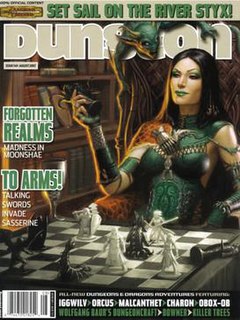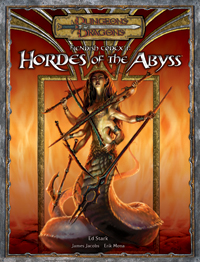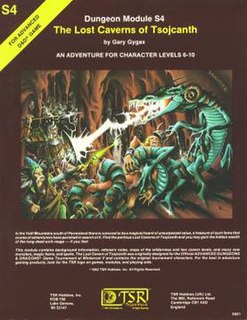This article is being considered for deletion in accordance with Wikipedia's deletion policy. Please share your thoughts on the matter at this article's entry on the Articles for deletion page. |
This article may rely excessively on sources too closely associated with the subject , potentially preventing the article from being verifiable and neutral.(January 2017) (Learn how and when to remove this template message) |
This Dungeons & Dragons-related article describes a work or element of fiction in a primarily in-universe style.(October 2009) (Learn how and when to remove this template message) |
| Zuggtmoy | |
|---|---|
| Dungeons & Dragons character | |
| First appearance | mentioned in the original Monster Manual II (1983) |
| Created by | Gary Gygax |
| Information | |
| Race | Demon lord |
| Gender | Female |
| Title | Lady of Fungi, Demon Queen of Fungi, Demon Lady of Fungi |
| Alignment | Chaotic Evil |
| Home | Abyss |
| Portfolio | Fungus |
| Domains | Chaos, Evil, Ooze, Plant |
In the Dungeons & Dragons fantasy role-playing game, Zuggtmoy or Tsuggtmoy is the Demon Queen of Fungi. Her symbol is a jawless human skull with fungi blooming from within, though some of her false cults use other symbols. For example, her cult in the Temple of Elemental Evil used the symbol of the Elder Elemental Eye.

Dungeons & Dragons is a fantasy tabletop role-playing game (RPG) originally designed by Gary Gygax and Dave Arneson. It was first published in 1974 by Tactical Studies Rules, Inc. (TSR). The game has been published by Wizards of the Coast since 1997. It was derived from miniature wargames, with a variation of the 1971 game Chainmail serving as the initial rule system. D&D's publication is commonly recognized as the beginning of modern role-playing games and the role-playing game industry.

Fantasy is a genre of speculative fiction set in a fictional universe, often inspired by real world myth and folklore. Its roots are in oral traditions, which then became literature and drama. From the twentieth century it has expanded further into various media, including film, television, graphic novels, manga and video games.

A role-playing game is a game in which players assume the roles of characters in a fictional setting. Players take responsibility for acting out these roles within a narrative, either through literal acting, or through a process of structured decision-making regarding character development. Actions taken within many games succeed or fail according to a formal system of rules and guidelines.
Contents
- Publishing history
- Description
- Relationships
- Vassals and minions
- Realm
- History
- In other media
- References
- Further reading
Zuggtmoy is the "dread and fell ruler of the 222nd ghastly plane of the Abyss."
In the Dungeons & Dragons fantasy role-playing game, the Abyss, or more fully, the Infinite Layers of the Abyss, is a chaotic evil-aligned plane of existence. It is one of a number of alignment-based Outer Planes that form part of the standard Dungeons & Dragons (D&D) cosmology, used in the Planescape and Greyhawk campaign settings. The Abyss is also the name of one of the faith-based outer planes that form part of the Forgotten Realms cosmology. While the published 3rd-Edition source books indicate that the Abyss of the standard D&D cosmology is not the same plane as the Abyss of the Forgotten Realms cosmology, they are for all practical purposes identical.








